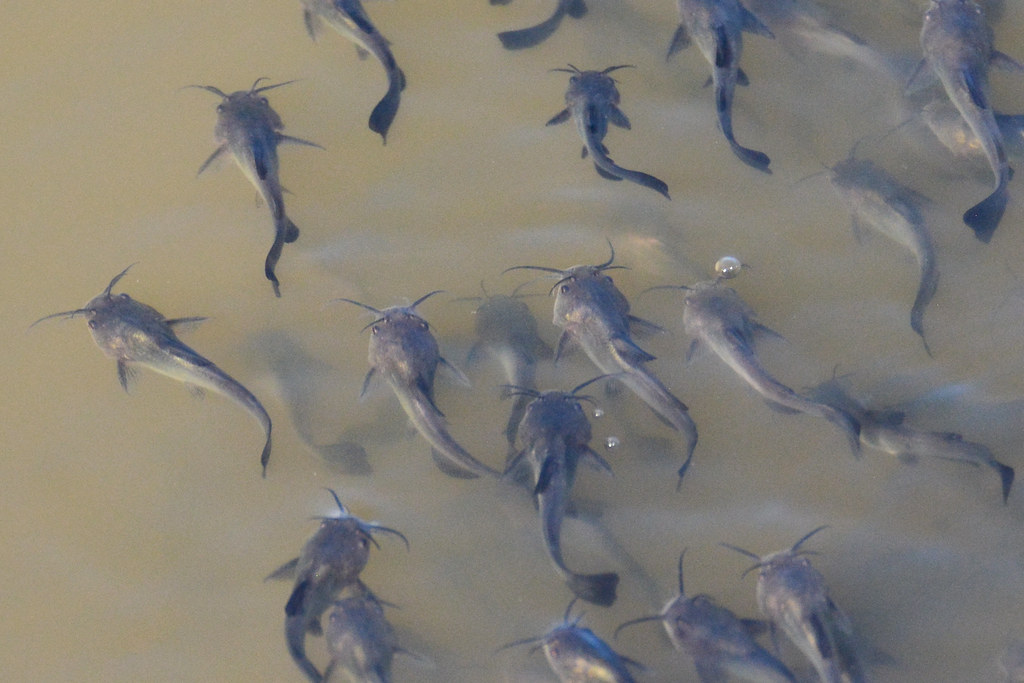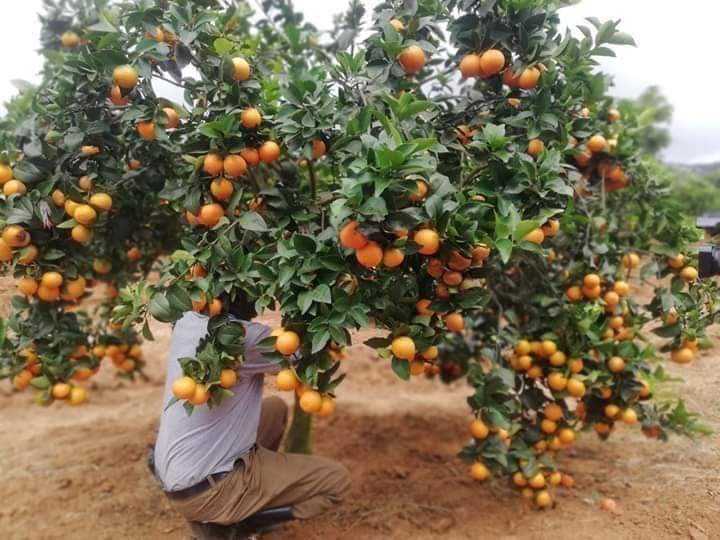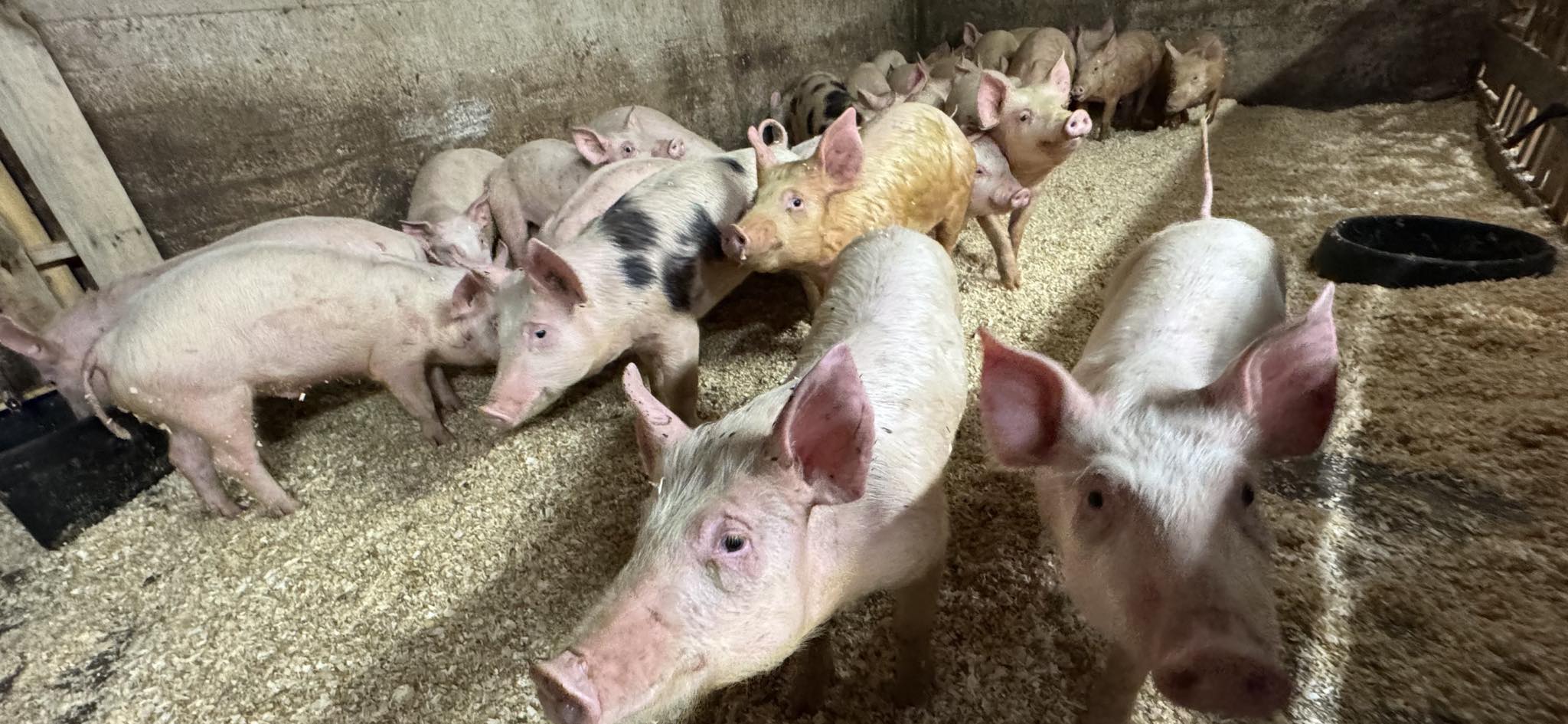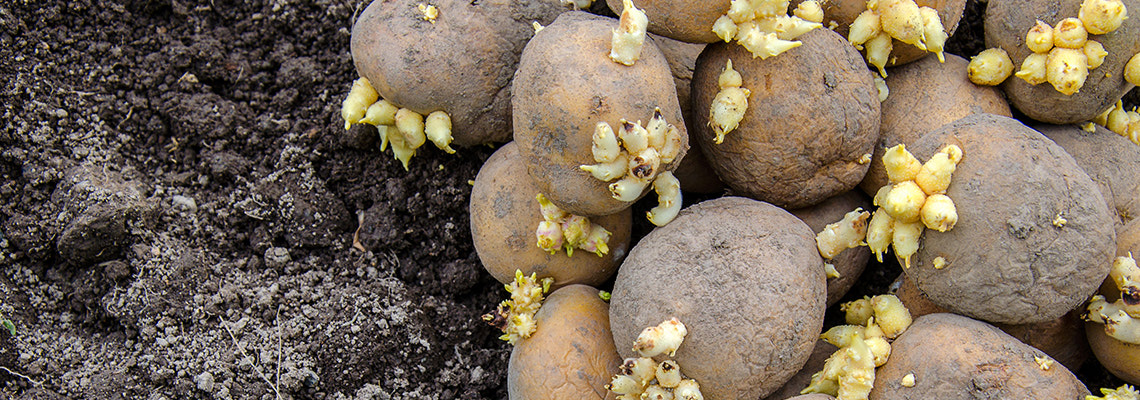FISH FARMING IN KENYA
Fish farming, also known as aquaculture, is a thriving industry in Kenya. Fish farming involves the controlled cultivation of fish for commercial or subsistence purposes. Instead of relying solely on wild fish stocks, fish farmers rear fish in ponds, tanks, cages, or other controlled environments.
COMMON TYPES OF FISH FARMING
Pond aquaculture: Pond aquaculture involves the creation and management of artificial ponds for fish cultivation. Earthen ponds are typically excavated and lined with clay or synthetic liners to prevent seepage. These ponds provide a controlled environment for fish growth and are suitable for various species like tilapia and catfish. They are prevalent in both rural and peri-urban areas due to their relatively low construction costs and adaptability to local conditions. Earthen ponds require regular maintenance, including water quality management, feeding, and occasional pond renovation.
Cage fish farming: Cage fish farming involves raising fish in cages or pens submerged in natural water bodies such as lakes, rivers, or coastal waters. The cages are typically made of nets or mesh materials, allowing water to flow freely while containing the fish. Cage farming is advantageous in areas where suitable land for pond construction is limited or where water quality is not suitable for pond farming. It allows for the efficient use of open water bodies, reduces environmental impacts, and minimizes the risk of diseases associated with pond farming.
However, cage farming requires proper management to prevent pollution and ensure fish welfare. Its commonly used for species like tilapia, trout, and salmon. Composite fish culture: Composite fish culture, a cornerstone of integrated aquaculture, involves cultivating multiple species of fish together within the same pond or system. This practice aims to harness the complementary behaviors and ecological functions of different fish species to optimize resource utilization and enhance overall productivity. By stocking species with diverse feeding habits and
preferences, such as surface feeders, bottom feeders, and mid-water feeders, farmers can efficiently exploit different layers of the water column and maximize the conversion of natural and supplementary feeds into fish biomass. This
approach not only promotes efficient nutrient cycling and waste utilization but also mitigates the risks associated with mono-culture farming, such as disease outbreaks and market volatility.
Integrated fish farming: Integrated fish farming involves combining fish farming with other agricultural activities such as poultry farming, livestock rearing, or crop cultivation. It aims to maximize resource utilization, improve farm productivity, and enhance sustainability. In integrated systems, fish waste can be used as fertilizer for crops, while crop residues or by-products can be used as feed for fish or livestock. For example, fish ponds can be integrated into rice fields (rice-fish farming) or pig farms (pig-fish farming). Integrated fish farming helps diversify
income streams, reduce production costs, and optimize nutrient cycling. It requires careful planning, management, and knowledge of complementary farming practices.
Classic fry method: Classic fry farming is the foundational stage of aquaculture where fish are raised from the fry stage to fingerlings in controlled environments like ponds or hatcheries. The process begins with the careful production of fry, either through natural spawning or artificial breeding techniques. These newly hatched fish larvae are then transferred to nursery ponds or tanks where they undergo rapid growth and development, fed on a diet of live feeds like zooplankton or Artemia nauplii. Water quality management is crucial during this phase to
ensure optimal conditions for growth and health. Measures to protect the fry from predators and diseases are also implemented to safeguard their survival. As the fry grow into fingerlings, they may be graded and harvested for stocking into grow-out ponds or sold to other fish farmers. Classic fry farming requires meticulous
attention to detail and expertise in managing water quality, feeding, health, and environmental conditions to produce high-quality fingerlings essential for them success of aquaculture operations.
FISH SPECIES THAT CAN BE RAISED IN FISH FARMS
Tilapia: Tilapia is one of the most widely farmed fish species globally. Its valued for its fast growth, adaptability to different environmental conditions, and mild- tasting flesh.
salmon: Salmon farming is prevalent in countries like Norway, Chile, and Scotland. Atlantic salmon is the primary species farmed for its delicious flavor and high omega-3 fatty acid content.
Catfish: Catfish farming is popular in regions like Asia, Africa, and the United States. Common species include African catfish (Clarias gariepinus) and Pangasius catfish (Pangasius hypophthalmus). Catfish are valued for their rapid growth, hardiness, and white flesh.
Trout: Rainbow trout is a common species raised in freshwater farms worldwide. Its prized for its delicate flavor and is often cultivated in cold, well-oxygenated water. Brown trout (Salmo trutta) and Brook trout (Salvelinus fontinalis) are also farmed for their culinary qualities..
Tuna: Tuna farming, particularly of species like bluefin tuna (Thunnus thynnus), is a high-value endeavor. Tuna are raised in offshore cages or pens and are prized for their rich flavor and high market demand, particularly in sushi and sashimi markets.
Sturgeon: Sturgeon farming is primarily focused on producing caviar, a delicacy
made from the fish roe.





